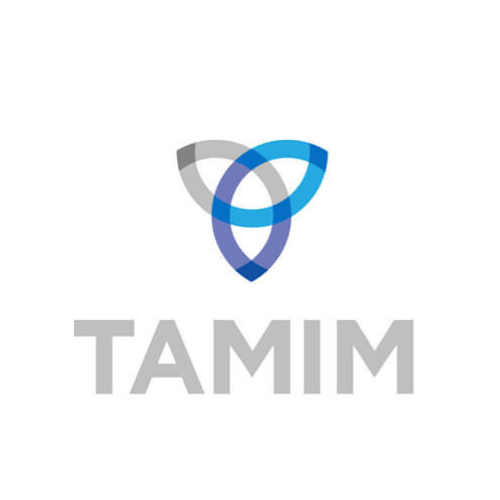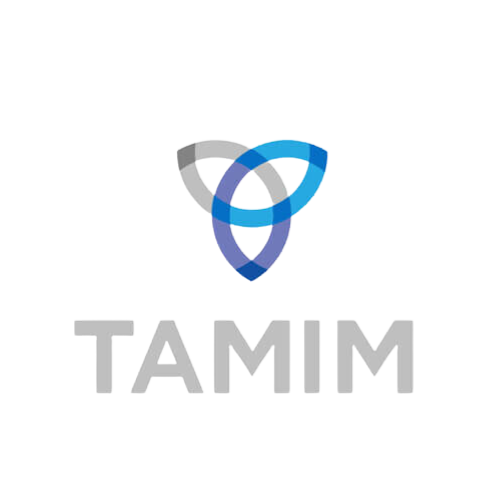Darren Katz of TAMIM Asset Management talks about the what will happen to the U.S. market after the U.S. Presidential elections for the year 2024. Some of the shares that have significant growths are NVIDIA Corp (NASDAQ: NVDA), Apple Inc (NASDAQ: AAPL), Alphabet Inc Class C (NASDAQ: GOOG), and Sterling Infrastructure Inc (NASDAQ: STRL). How will these changes and choice affect our current share market?
As Super Tuesday’s results and Nikki Haley’s exit from the Republican primary race, the stage looks set for a 2024 U.S. Presidential election rematch between the incumbent Joe Biden and former President Donald Trump. With rumblings from various European leaders about the return of Trump and early polls suggesting the odds of a Biden re-election are essentially a coin flip at this stage, the political climate teeters on uncertainty, challenging investors to decipher the future of markets.
As we navigate the complexities of the upcoming U.S. presidential election, our focus sharpens on pivotal investment themes and their implications for global investors. While just scratching the surface; we aim to be poised for rational decision making with continuous learning on how each party’s victory could shape market trends.
Same, same but different?
Keeping focus on investment themes (rather than any potential changes to social policies), a Trump second term is likely to exhibit many similar trends to the current Biden Administration.
At their core, many of the “Make America Great Again” policies are designed to support similar strategic objectives to the Democratic “Build Back Better” campaign.
They promote a phase of re-onshoring (or de-globalisation) that returns portions of the supply chain back to the United States that were previously outsourced through a combination of subsidies for domestic production and tariffs on imports.
Both parties also support the protection of intellectual property (IP), although this is likely a bigger bugbear for Trump given the trade war he engaged in with China during his prior term.
Finally, Trump is also likely to favour significant public spending to fund the rejuvenation of America’s dilapidated infrastructure, with the possibility of promoting greater capital spending by the private sector and increased oil and gas exploration and exports.
Inflation and interest rate outlook
Much has been written about the recent decline in U.S. inflation, with the headline consumer price index (CPI) declining to 3.1% year-on-year (YoY) in January, down from a 40-year high of 9.1% YoY back in June 2022.
This is undoubtedly welcome news to American consumers, whose sentiment jumped 13% in January to the highest level since 2021, reflecting “improvements in the outlook for both inflation and personal incomes,” according to the University of Michigan.
Workers’ hourly pay has now exceeded the rate of inflation in the U.S. since May 2022, with real average earnings increasing by 1.4% between January 2023 and January 2024 according to the Labor Department.
Wage growth has been supported by ongoing strength in the U.S. labour market. The American economy added a very healthy 275,000 new jobs in February, on top of the 229,000 reported in January (despite this being revised down from an initial eye-popping 353,000). Wage growth was 0.1% on the month or 4.3% from a year ago. This strength in the economy was also evident in the gross domestic product (GDP) data for the fourth quarter of 2023, which recorded an annualised rate of 3.3%.
While this slowed from the blistering 4.9% in the prior quarter, it significantly exceeded market expectations of 2% on the back of healthy consumer spending.
Given the strength of the U.S. economy, particularly the labour market, the possibility of reductions in the Fed Funds Rate appears to have lessened in recent months.
The market expectation is now for the first cut in June versus the prior expectation of March, and consensus has just three interest rate cuts during 2024 compared to the prior forecast of 6. Additionally, inflation for common household expenses has not moderated at the same pace as the prices of many goods, especially discretionary items. In fact, the personal consumption expenditure (PCE) service inflation increased at a 7.2% annualised rate in January, the highest month-to-month increase in 22 years.
While future interest rate reductions are likely, the economy’s actual performance might be warmer than some Federal Reserve members indicate. Moreover, with the yield curve still inverted—where longer-term U.S. treasuries yield less than shorter-term ones—a shift to a normal, upward-sloping curve could raise increase the cost of capital for most investments.
Equities remain the best hedge
With ongoing economic growth, supportive fiscal stimulus and inflation remaining elevated (relative to post-global financial crisis trends), the environment is still conducive for equity markets growth.
Yet again we would stress the importance of being selective given the elevated valuations in certain sections of the market.
The poster child for the recent rally NVIDIA Corp has continued to rally, but several of the other so-called “Magnificent 7” have stumbled in recent times, including Apple Inc and Alphabet Inc Class C both underperforming the benchmark S&P 500 (INDEXSP: .INX) this year.
It is encouraging to see a broadening of US markets late in 2022 and early in 2023, but there remains significant hype in certain segments that would warrant caution.
NVIDIA share price
Two stocks worthy of further investigation despite their recent share price rallies are Ebara Corp (TYO: 6361) and Sterling Infrastructure Inc (NASDAQ: STRL), according to Robert Swift, Portfolio Manager of the Global High Conviction Strategy at TAMIM Asset Management.
Ebara is a manufacturer of industrial machinery, particularly pumps and turbines in Japan (a country benefiting from structural reforms that we discussed in All Time Highs: Japan’s Revival).
Sterling, on the other hand, is a market-leading infrastructure service provider of e-infrastructure, building and transportation solutions that appears set to benefit from the continued increase in infrastructure spending no matter who wins the White House later this year.
The TAMIM Takeaway
It’s easy to get caught up in the hype of an election and the daily blasts from the media regarding the economy–be it GDP data, monthly jobs numbers, or the blow-by-blow coverage of inflation in recent years.
Yet it’s important to keep in mind the key factors that will truly impact your long-term investing returns.
There will undoubtedly be changes to public policy under the re-election of either Biden or Trump, but it’s also true that the U.S. stock market has performed (almost equally) well under both a Democratic or Republican leader (slightly better under Democratic leadership, which may surprise some readers).
Today, we can’t predict the outcome of the election, nor is that our specialty.
Importantly though, we see the major changes occurring in social issues rather than those that will affect our investments. Both potential leaders—Biden and Trump—seem aligned in their dedication to propelling the U.S. economy forward.
Their policies emphasise extensive fiscal spending, repairing ageing infrastructure and boosting sectors such as semiconductors, encouraging re-shoring and de-globalisation, and protecting IP from foreign interference.
These efforts, coupled with a push towards re-shoring and the safeguarding of intellectual property, promise to maintain an economy robust against the backdrop of record interest rate hikes and inflationary pressures.
As consumer spending proves resilient, boosted by healthy pay increases, our view is that the equity market remains the place to be, with a focus on selectively choosing companies with strong tailwinds at reasonable valuations.
This forward-looking approach will be essential as we steer through political and economic fluctuations, keeping our sights set on long-term investment success amidst the seas of change.


